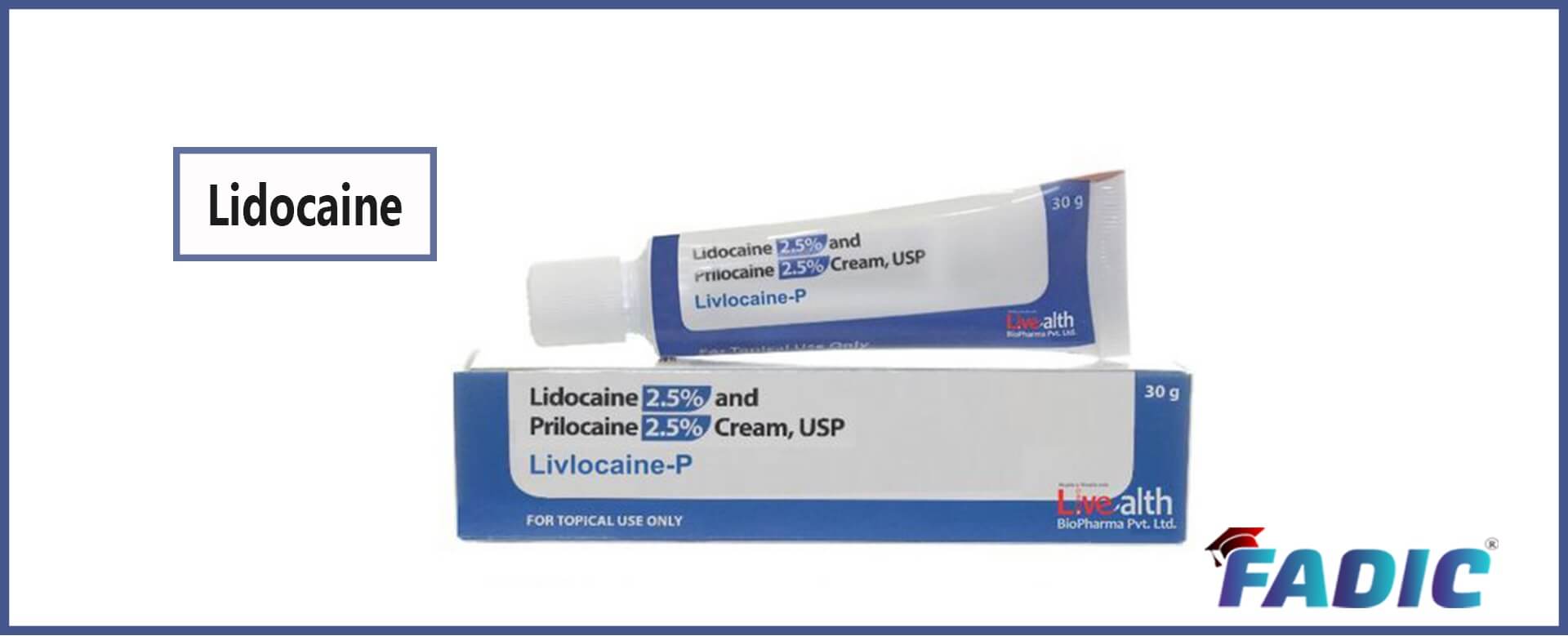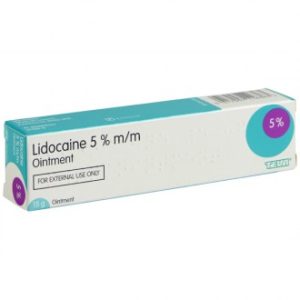Lidocaine: Side Effects, Dosages, Treatment & Adjustment

Lidocaine
- Brand Names: Xylocaine
- Therapeutic Category of Lidocaine: Antiarrhythmic Agent, Local Anesthetic
- Dosage Forms: Tablet, Oral
- Use: Labeled Indications: Local and regional anesthesia by infiltration, nerve block, epidural, or spinal techniques; acute treatment of ventricular arrhythmias from myocardial infarction or cardiac manipulation
- Dosing : Adult : Anesthesia, local injectable:
- Lidocaine 1% or 2% preservative-free solution.
- Intraosseous: Initial dose: 40 mg over 1 to 2 minutes; usual adult dose range and maximum: 20 to 50 mg/dose
- Dose Adjustments:
- Renal Impairment: No dosage adjustment
- Hepatic Impairment: Use with caution
- Adverse Drug Interaction:
Headache, shivering, radiculopathy, Bradycardia, cardiac arrhythmia, circulatory shock
- Additionally, coronary artery vasospasm, edema
- Pharmacodynamics/Kinetics:
- Onset of action: Single bolus dose: 45 to 90 seconds
- Duration: 10 to 20 minutes
- Metabolism: 90% hepatic
- Important Notes:
- Continuous intra-articular infusion of local anesthetics after arthroscopic or other surgical procedures is not an approved use; chondrolysis (primarily in the shoulder joint) has occurred following infusion, with some cases requiring arthroplasty or shoulder replacement.
- Methemoglobinemia: Has been reported with local anesthetics; clinically significant methemoglobinemia requires immediate treatment along with discontinuation of the anesthetic and other oxidizing agents
- Pregnancy & Lactation: crosses the placenta / present in breast milk

Read More:
Copyright ©: All content on FADIC Website, including medical opinion and any other health-related information, and drug Informtation is for informational purposes only

 Log in
Log in Sign up
Sign up
